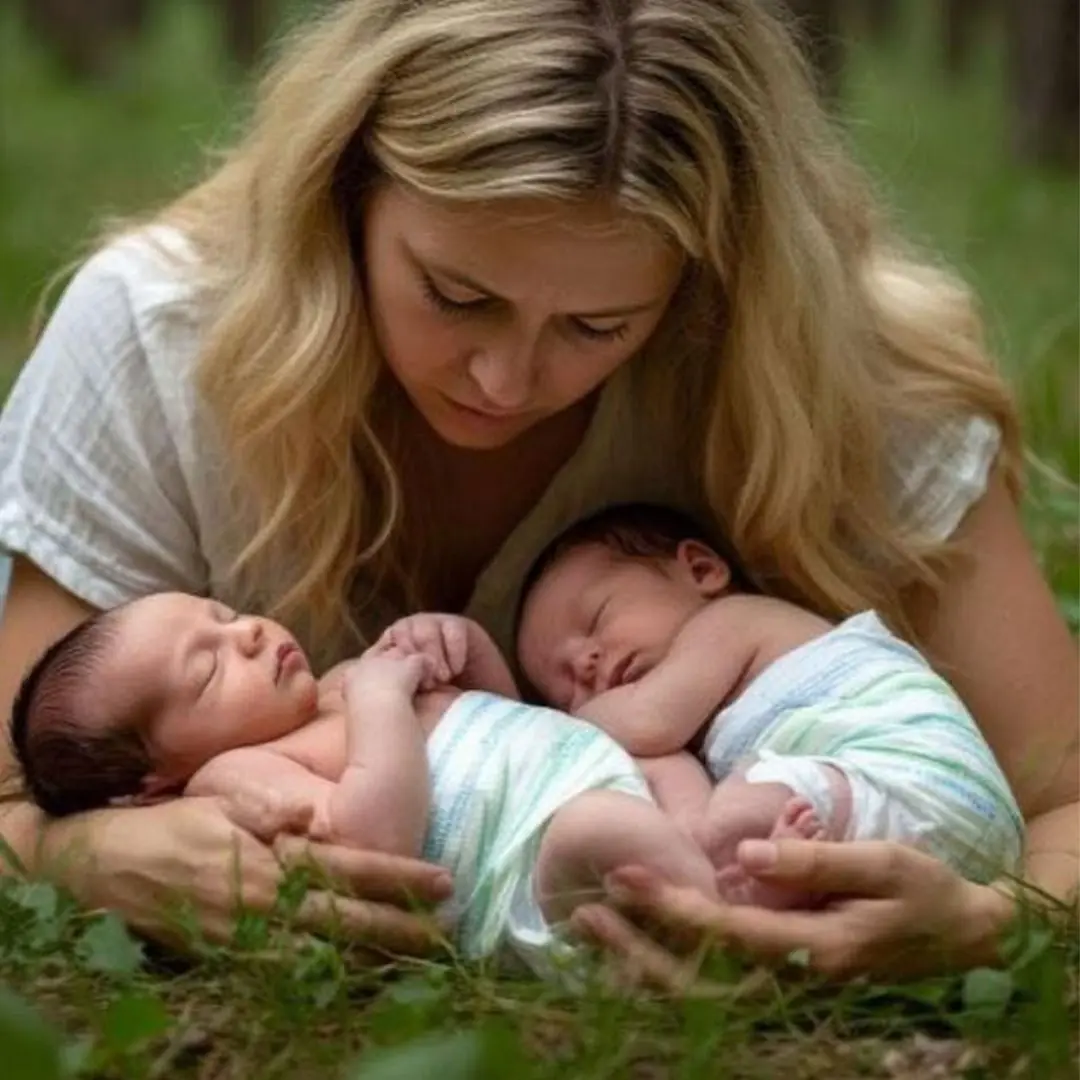
The Last Song of Okaru
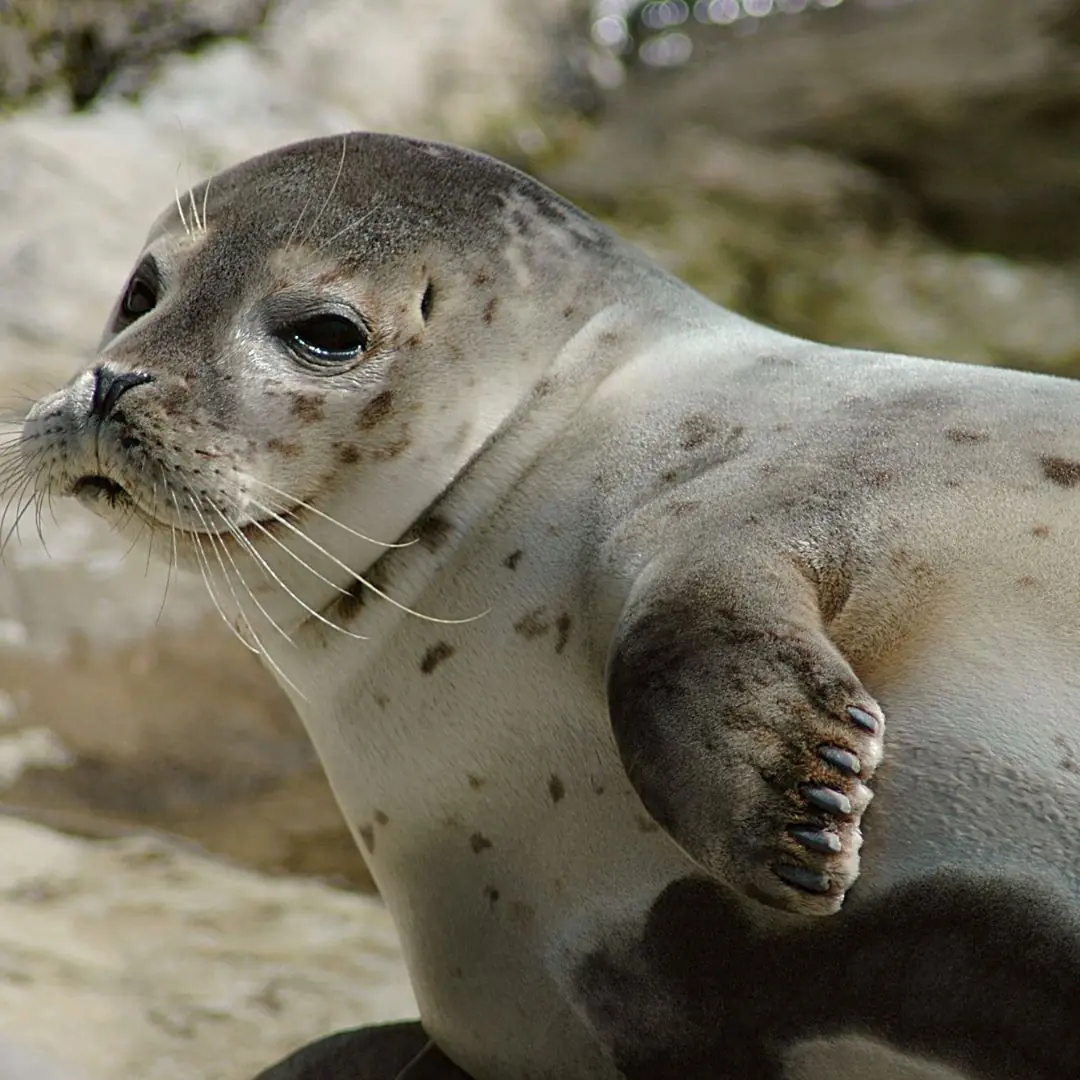
In a remote village nestled deep in the Japanese Alps, where the snow blankets the ground for half the year and the silence is broken only by the wind in the pine trees, lived a mute boy named Kenji and a crane named Okaru.
Kenji had not spoken a word since the day his parents died in a landslide when he was six. Now twelve, he lived with his grandfather, a quiet and stern man who fished in the icy rivers and carved wood to make ends meet. The villagers pitied Kenji, but no one knew how to reach into his silence. He watched the world with wide, observant eyes, drawing in a tattered notebook, mostly birds—free things with wings.
One winter morning, while collecting firewood by the frozen lake, Kenji spotted a flash of white and red against the snow. It was a crane—its wing twisted at an unnatural angle. Blood streaked its feathers. A trap lay nearby, cruel and rusted. Hunters sometimes came through the mountains, laying traps for fur or food.
Kenji approached slowly, his breath fogging in the freezing air. The crane didn’t try to flee; it only looked at him with an unblinking black eye. There was no fear, only trust—or perhaps resignation.
He wrapped the bird gently in his scarf and carried it home.
His grandfather frowned when he saw the bird but said nothing. That night, Kenji tended to the crane by the fireplace, cleaning the wound and wrapping the wing with cloth. The bird, though clearly in pain, made no sound.
Kenji named her Okaru, after the weeping woman in the old kabuki play his mother used to tell him about. He didn’t know why. It just felt right.
For weeks, Okaru stayed inside the cottage. Kenji fed her fish and grains. He drew her every day, in dozens of poses: standing tall, bending to eat, blinking at the firelight. And every night before bed, he sang. It was the only time his voice came out—soft, broken notes that he hadn’t used in years. He thought no one could hear him.
But his grandfather heard.
The old man said nothing. But slowly, he began to carve again—not fish or owls, but cranes, delicate and tall. One he painted red on the head, just like Okaru.
As Okaru healed, something changed in Kenji. He smiled. He started humming during chores. Once, he even whispered “Grandpa” when the man gave him a new drawing pencil.
Then spring came.
The day Okaru first flapped her wings with strength, Kenji knew she would soon leave. He felt joy and sorrow twist together like two strands of thread.
One morning, the sky clear and blue, Kenji opened the door, and Okaru stepped outside. She stretched her wings, flapped once, twice, and rose slowly into the air. She circled the cottage three times, then soared toward the mountains.
Kenji cried, not silent tears, but loud sobs that shook his chest. His grandfather, standing nearby, placed a hand on his shoulder and let him cry.
Days passed. Then weeks.
One evening, the villagers heard something incredible—a sound from the sky. A chorus of crane calls, but among them, a strange note, clear and human-like. People looked up to see a group of cranes flying low over the village. One had a red ribbon tied around its leg.
Kenji stood in the center of the village square, his eyes fixed upward. He placed his hands around his mouth and, for the first time in public, sang—a clear, haunting tune. The cranes circled once, then vanished into the horizon.
The villagers were stunned. Kenji had found his voice.
Years later, Kenji became an artist known for his exquisite bird drawings and delicate crane sculptures. In every exhibit, there was always one piece named “Okaru” — a white crane with a red head, wings outstretched as if caught mid-flight.
He never saw her again. But every spring, when the cranes passed overhead, he’d look up and smile, whispering, “Thank you.”
News in the same category


My daughter wants to put me in a nursing home to take my money. I decided to teach her a life lesson

The Hidden Life She Never Told Her Husband About
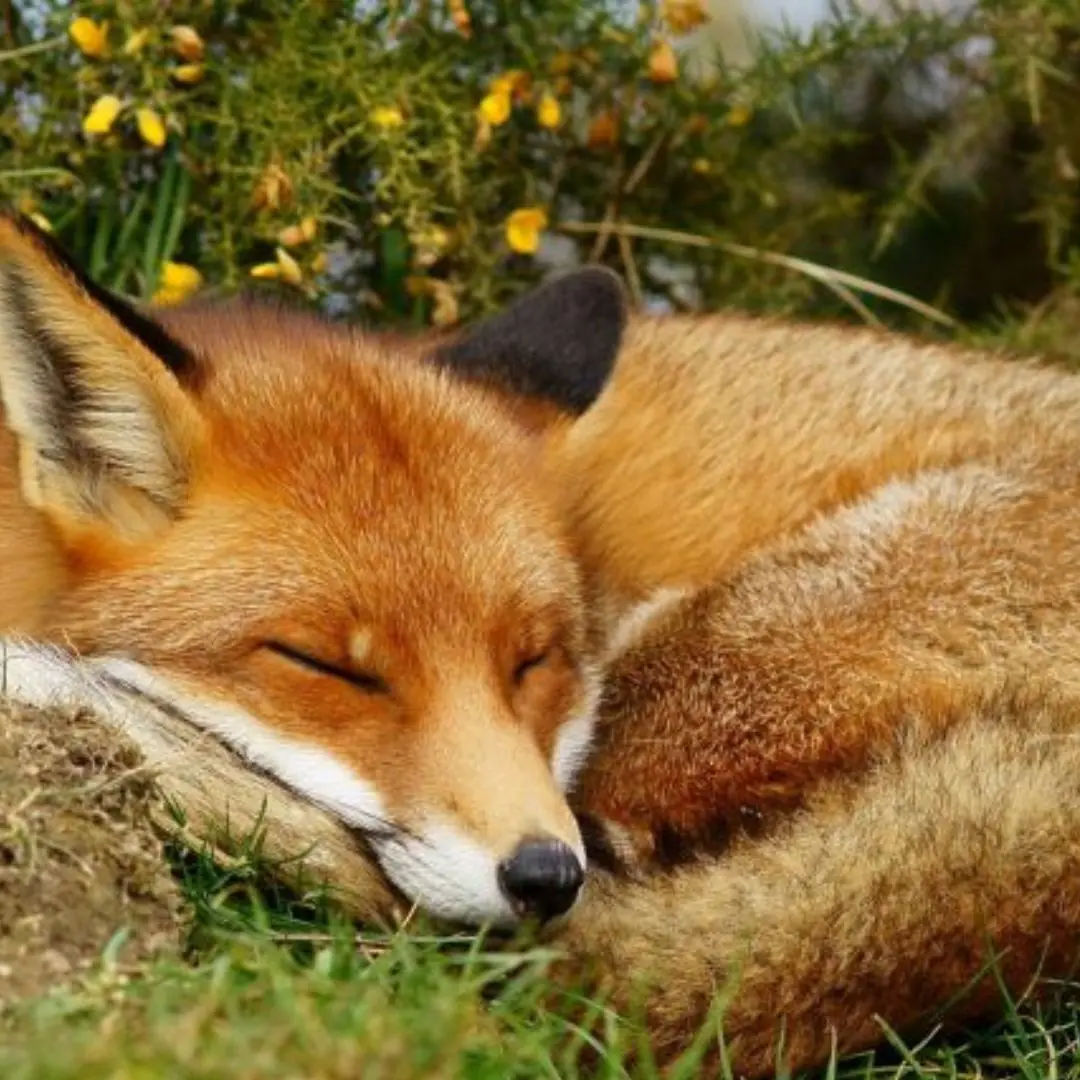
Ember’s Last Melody
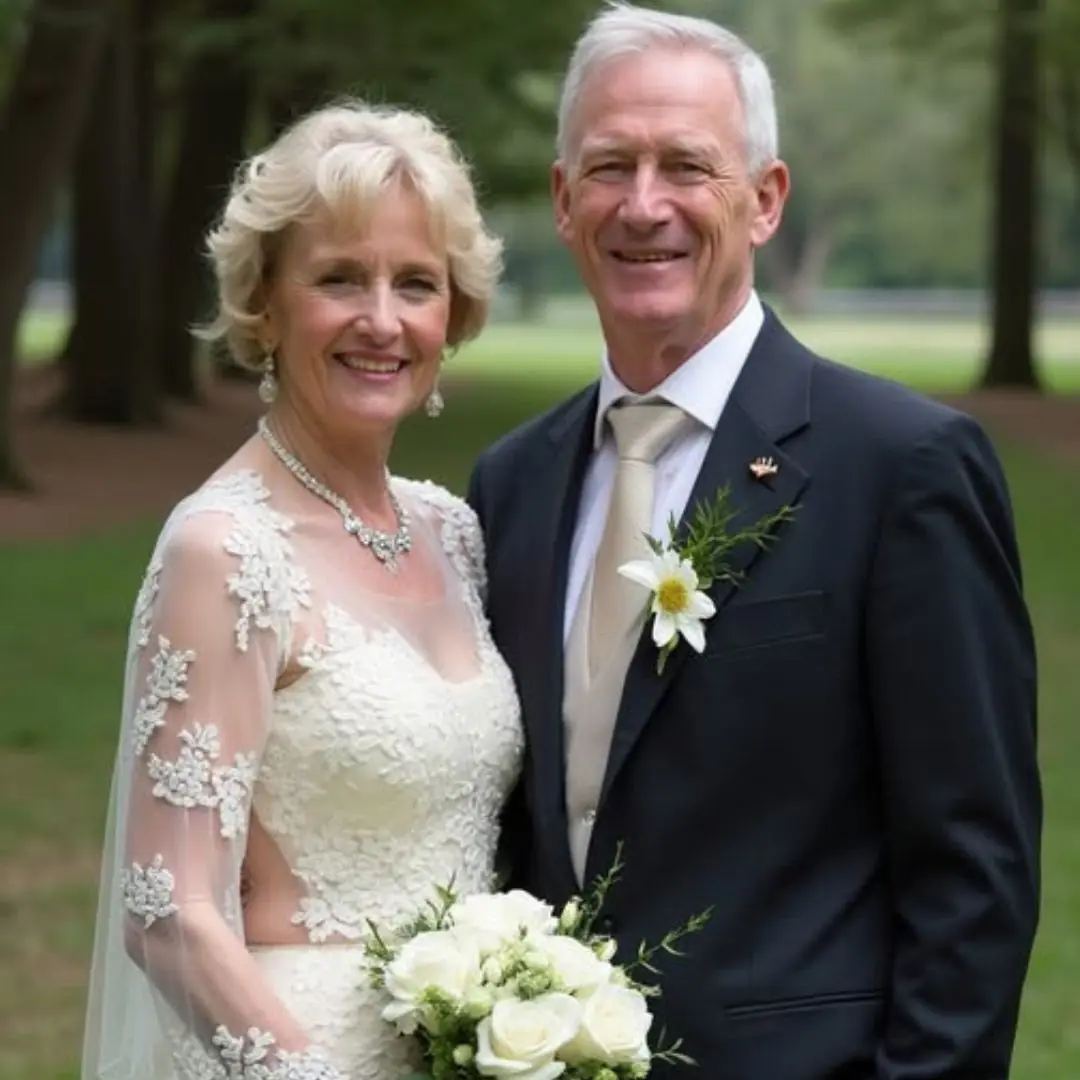
I got married at 80 — the unexpected journey that changed my life

Olga, I want a divorce—you no longer fit into my life with my new high-powered job!”
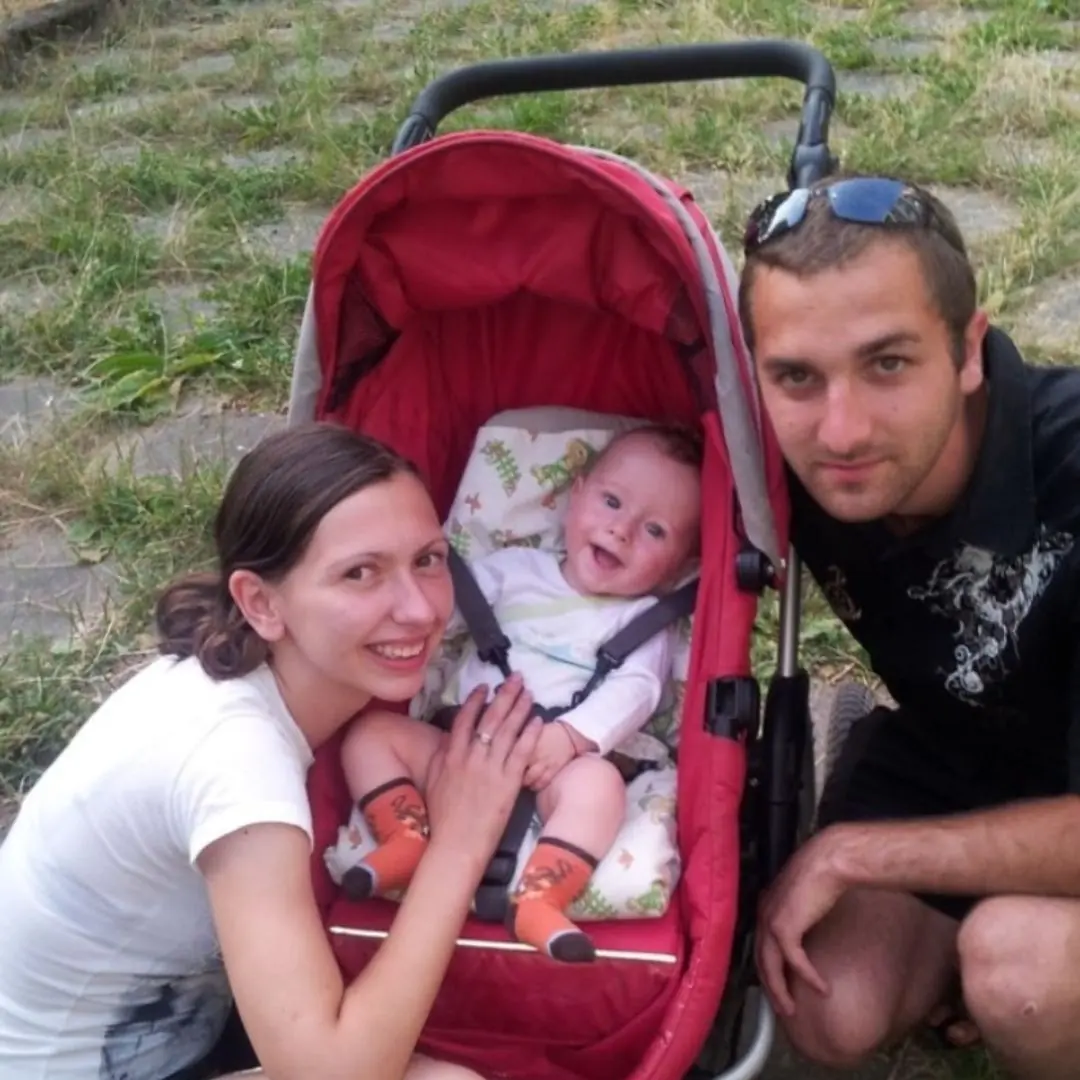
A couple’s unlikely discovery leads to a life-changing decision
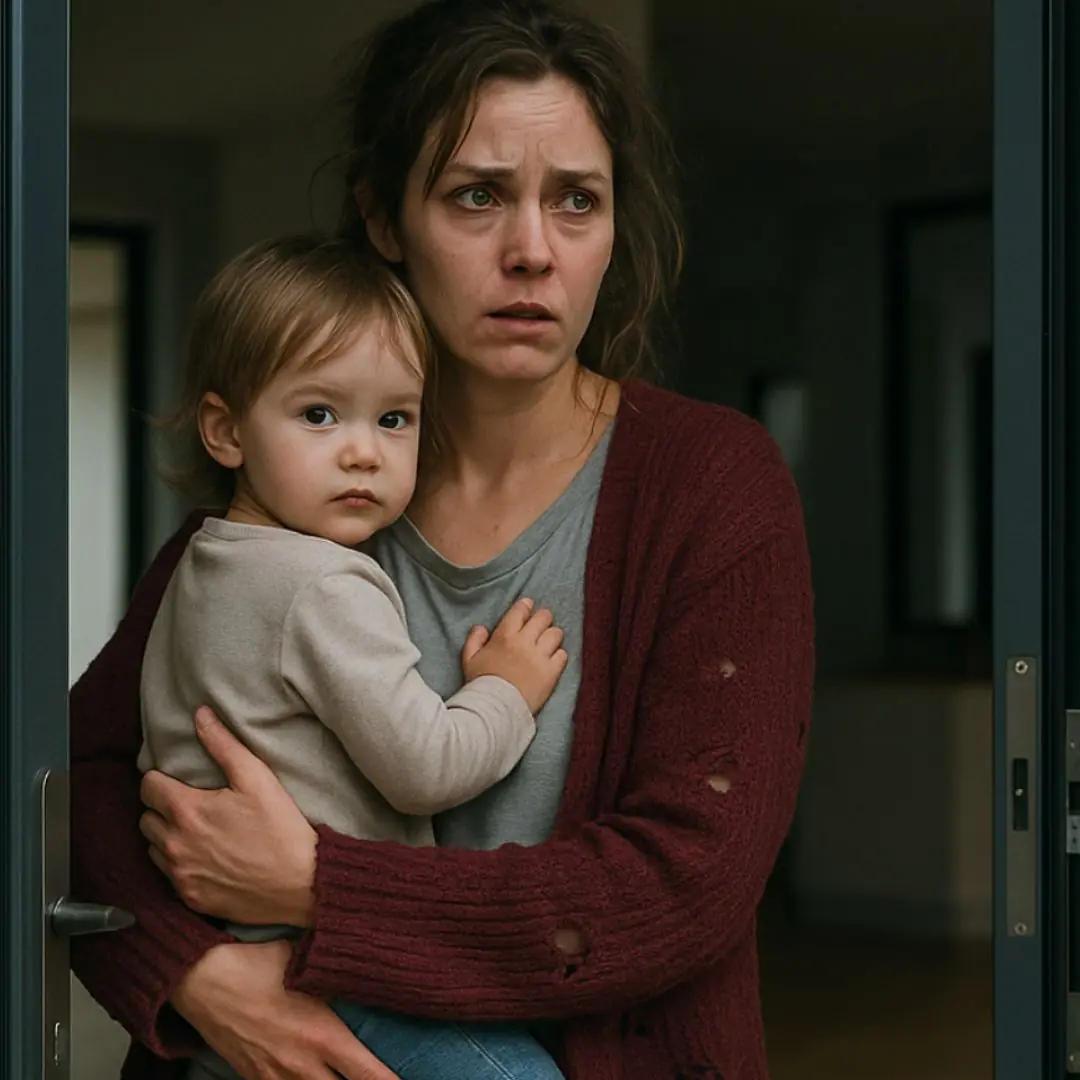
A Desperate Request That Changed a Millionaire’s Life Forever

A Mother’s Strength: Overcoming Betrayal and Embracing New Beginnings

A Stranger’s Rescue Unveils a Long-Lost Father
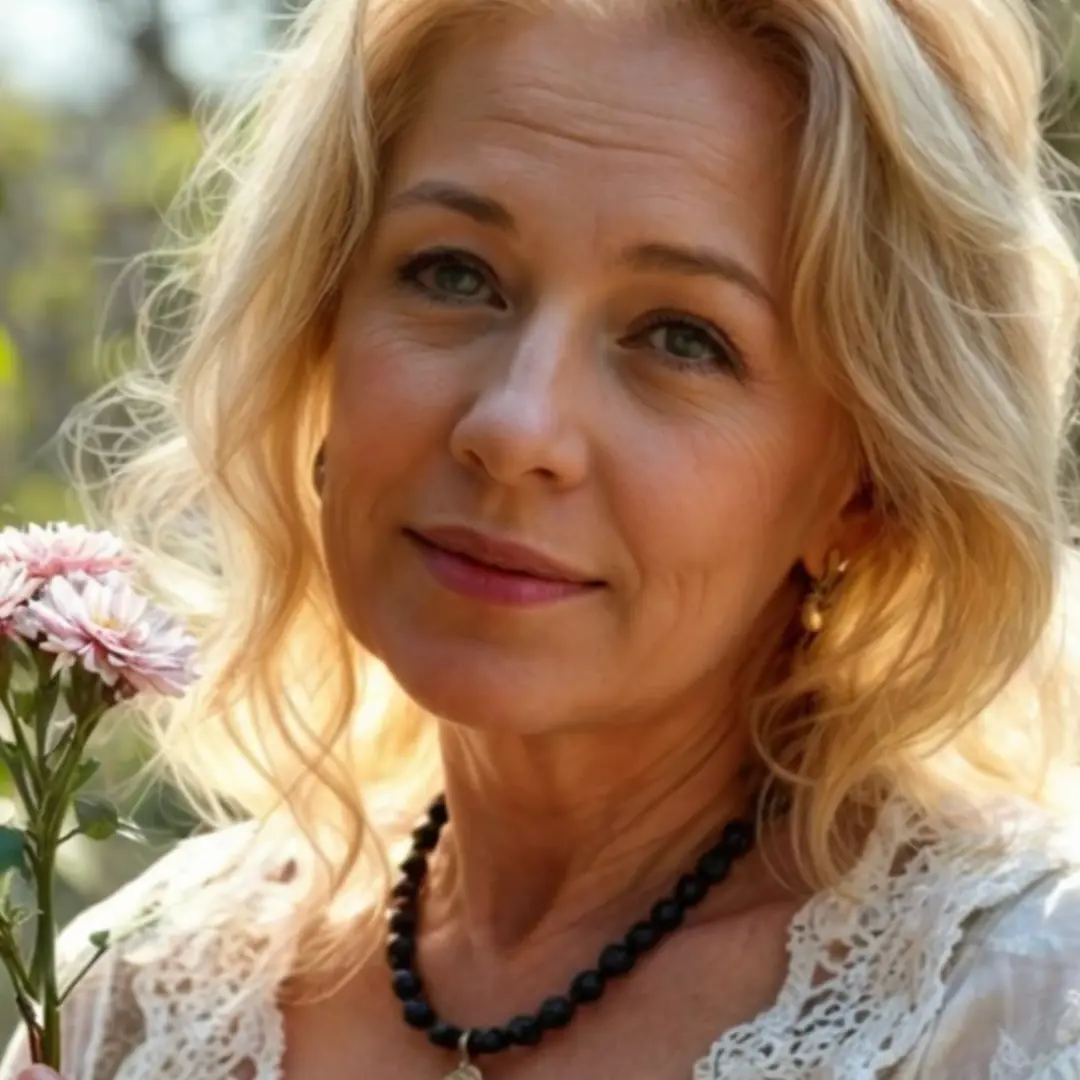
My mother-in-law demanded my obedience, but she had no idea that soon I would be the one holding her life in my hands.

My husband called me boring and disappeared. But his new life disappointed him
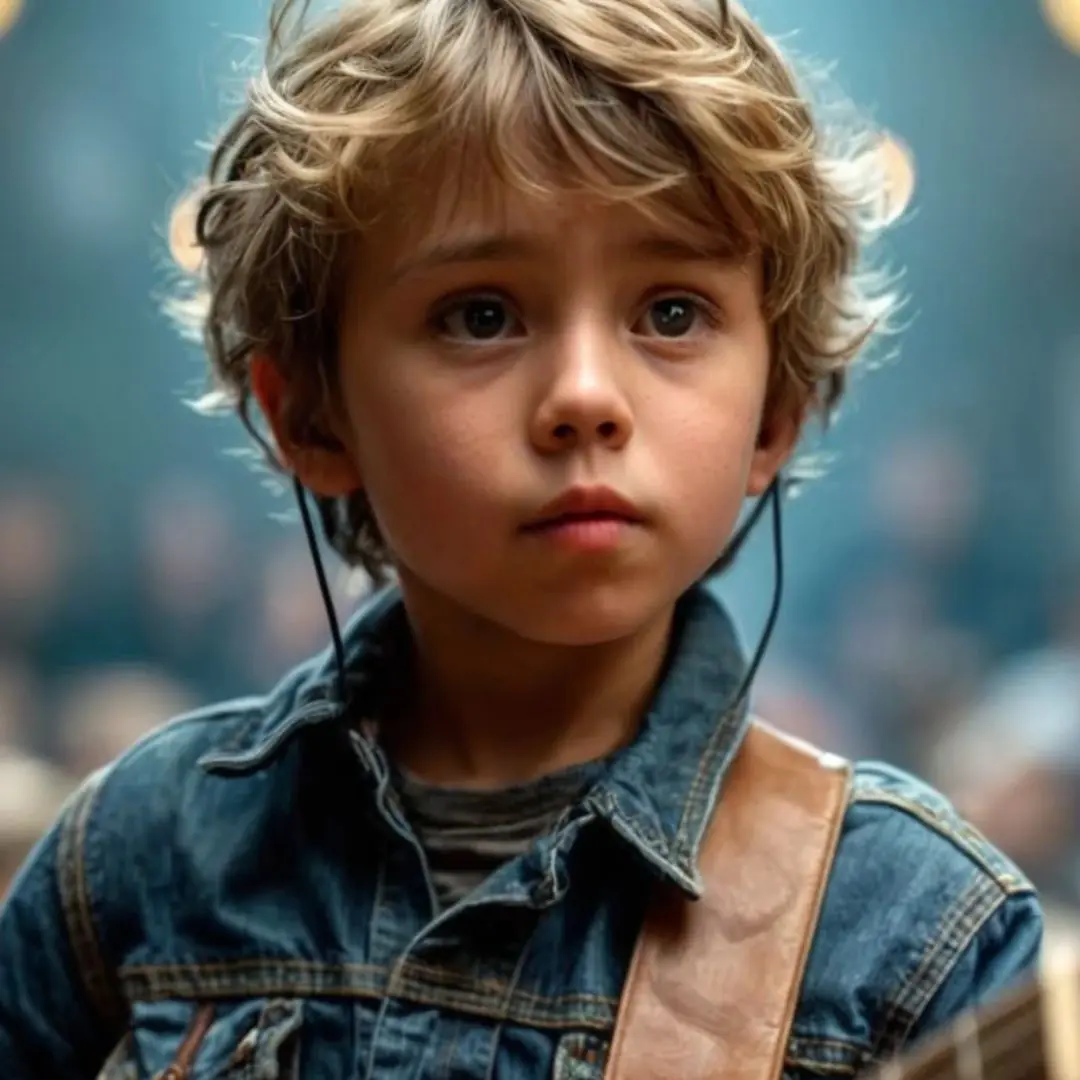
The Mother Came to a Concert at the Boarding School and Saw Her Late Son on Stage

Anna had never trusted her husband. Therefore, she had to rely only on herself. This was the way their family life had turned out
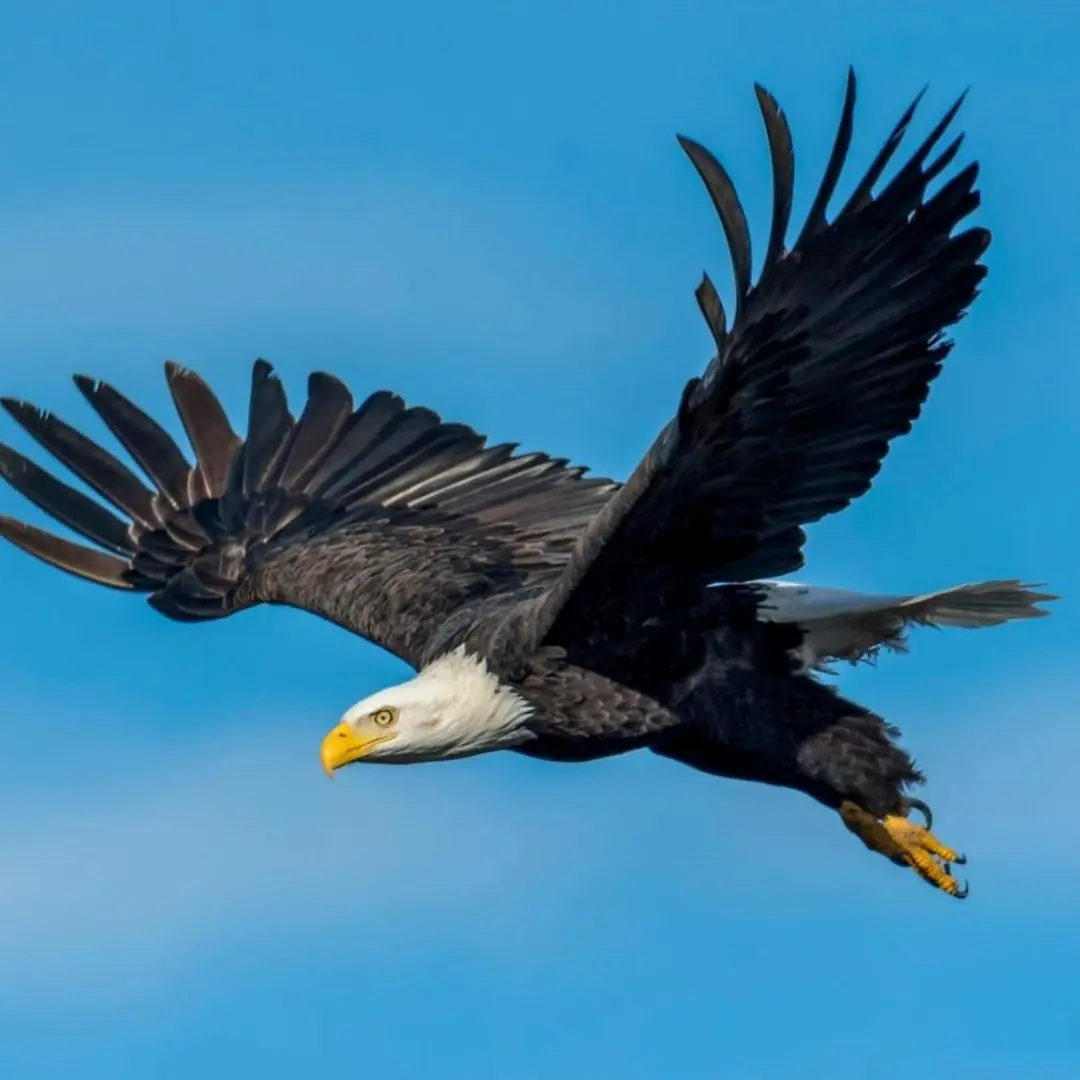
Luna’s Lantern

Sarah gasped, afraid he’d hurt Noah. But Max simply curled beside the baby’s still form and rested his head close to Noah’s small, motionless fingers.
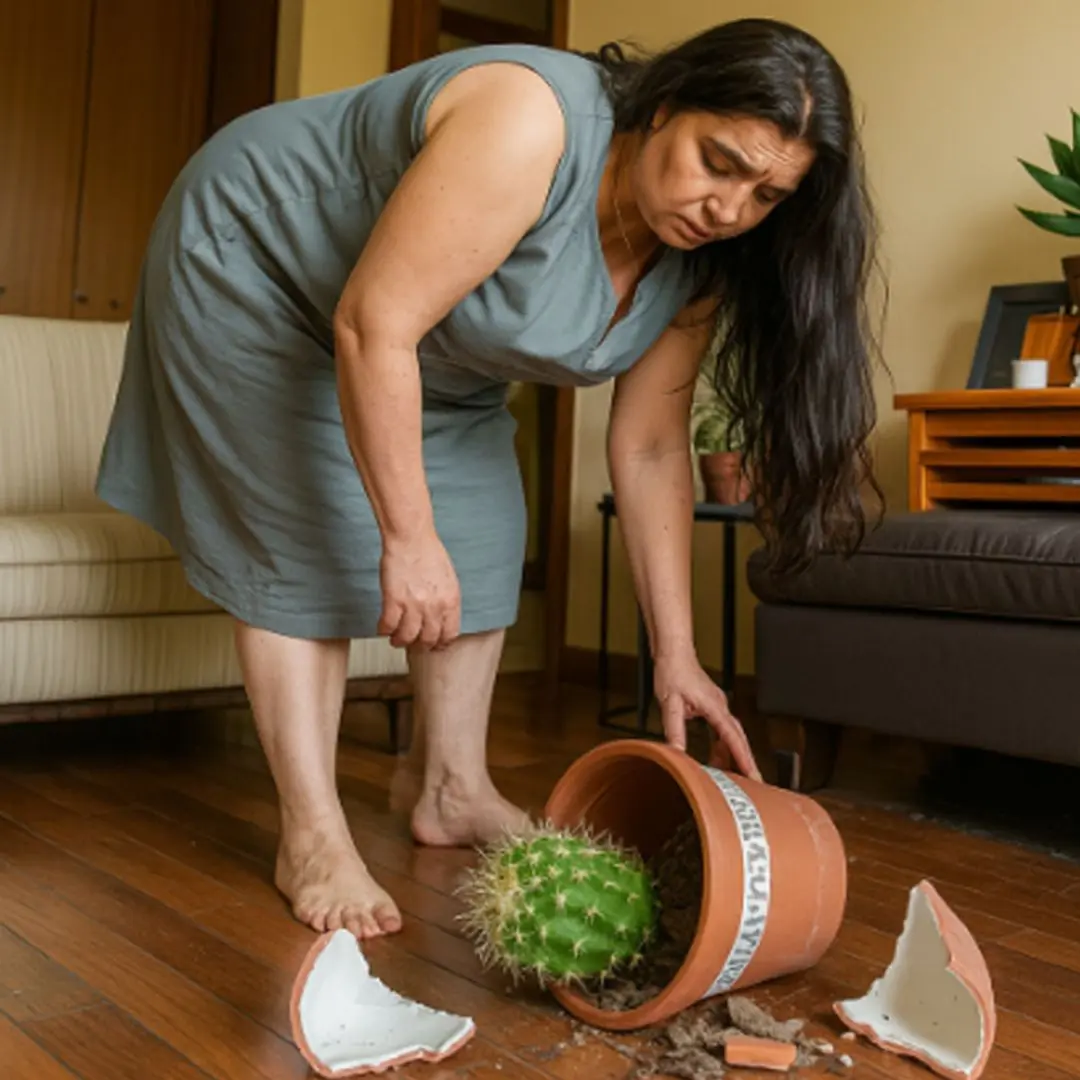
My mouth went dry. This wasn’t a joke. This wasn’t a game. My husband was involved in something I couldn’t begin to understand
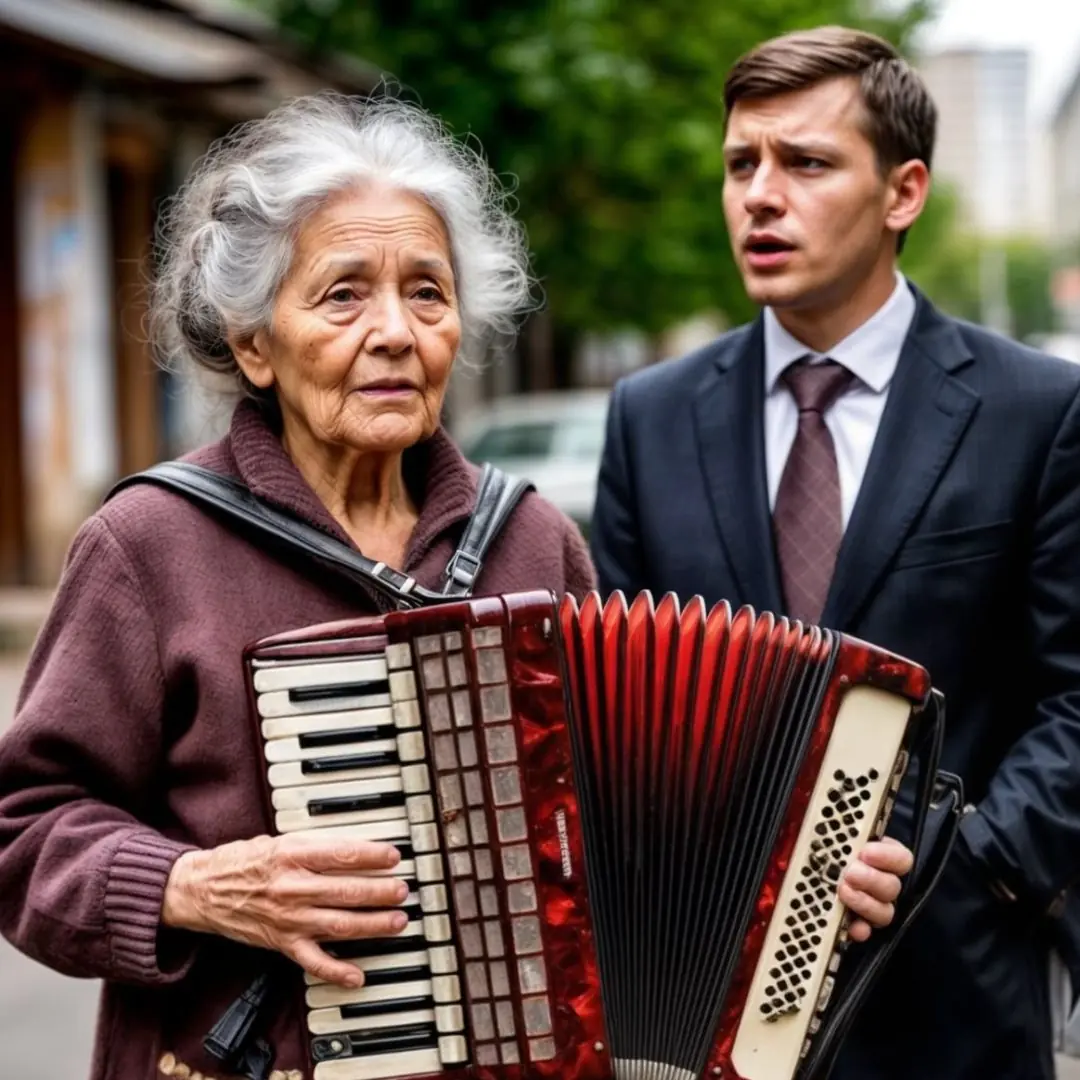
I caught my husband adding sleeping pills to my coffee, poured it out, pretended to be asleep, and was stunned
News Post

She abandoned her children in the woods for a life of luxury—but the past came knocking 18 years later

My daughter wants to put me in a nursing home to take my money. I decided to teach her a life lesson

The Hidden Life She Never Told Her Husband About

Ember’s Last Melody

I got married at 80 — the unexpected journey that changed my life

Olga, I want a divorce—you no longer fit into my life with my new high-powered job!”

A couple’s unlikely discovery leads to a life-changing decision

A Desperate Request That Changed a Millionaire’s Life Forever

A Mother’s Strength: Overcoming Betrayal and Embracing New Beginnings

A Stranger’s Rescue Unveils a Long-Lost Father

My mother-in-law demanded my obedience, but she had no idea that soon I would be the one holding her life in my hands.

My husband called me boring and disappeared. But his new life disappointed him

The Mother Came to a Concert at the Boarding School and Saw Her Late Son on Stage

Anna had never trusted her husband. Therefore, she had to rely only on herself. This was the way their family life had turned out

Luna’s Lantern

Sarah gasped, afraid he’d hurt Noah. But Max simply curled beside the baby’s still form and rested his head close to Noah’s small, motionless fingers.

My mouth went dry. This wasn’t a joke. This wasn’t a game. My husband was involved in something I couldn’t begin to understand

I caught my husband adding sleeping pills to my coffee, poured it out, pretended to be asleep, and was stunned
